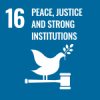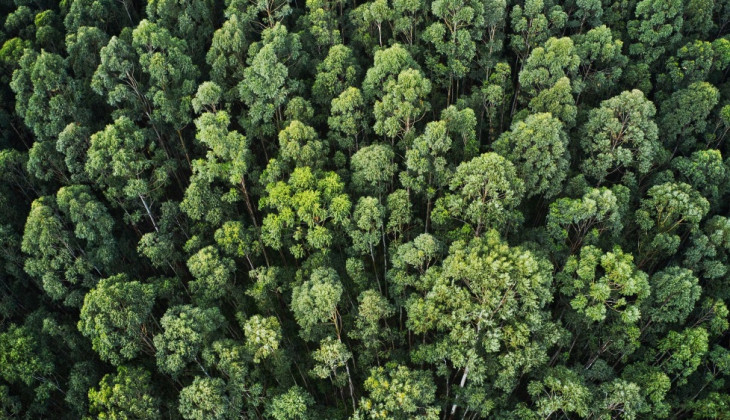Faculty of Forestry of UGM held a Book Review: Indonesian National Park written by Pungky Widiaryanto. The book review event was held online via Zoom on Wednesday (28/4). There are many topics covered in the discussion. One topic that has attracted attention is the idea of decentralized management of National Parks (TN) in Indonesia.
There are several examples of cases behind this idea. One of them is the case of Mount Ciremai National Park in Kuningan, West Java. Pungky said that the determination of the Mount Ciremai area as one of the National Parks originated from the proposal of the Kuningan Regency Government itself. The proposal is based on the expectation of the district government to manage and obtain PAD from there. However, what happened was that Mount Ciremai was managed and owned by the center.
According to Pungky, this has driven the Kuningan Regency Government some time ago to propose changes on the status of the Mount Ciremai National Park (TN) to Tahura (Great Forest Park). In response to this, Pungky suggested that instead of converting Gunung Ciremai National Park into Tahura, it is better to delegate the management of the park itself to the local government.
“Why do you have to change from TN to Tahura? Because of the nuances, Tahura can be managed by the district government while TN by the center. Why can’t the TN just be managed by the local government?” said Pungky, who now also works as a Development Planner for Forestry and Nature Conservation at Bappenas.
Pungky explained that according to the laws and regulations, the management of the National Park so far must be managed by the central government. However, when the district government is perceived to be able to carry out the management, it should be possible, “Why not, if it’s possible?” added Pungky.
Pungky also sees that the delegation of authority to manage TN operations from the center to the regions can then increase the effectiveness of the management itself. So far, one of the obstacles in the management of National Parks in Indonesia is the lack of equal distribution of human resources.
“For example, TNs around Jakarta or Jogja are usually in great demand. As a result, there is a lot of staff buildup,” concluded Pungky .
With the decentralization of management, Pungky hopes that the regions can manage their own TN human resources there. Through this scheme, local governments also have the opportunity to hire the local people as management staff
Academic Response
Head of Conservation Area Management Laboratory, UGM Faculty of Forestry, Dr. Taufik Tri Hermawan, responded to the idea by adding an example of a similar case. He said restrictions due to a centralized management system were also present in Zamrud National Park in Riau.
Taufik said that the Siak Regency Government had taken the initiative to make a conservation area there that could also accommodate economic and ecological interests. The Siak Regency Government has also taken strategic steps by sending local people to universities to pursue studies to become management staff.
“Management by the central government is a mandate in Law no. 5 of 1990. Especially in Article 16 and Article 34, it is stated that the management of the nature reserve area and the nature conservation area is carried out by the government. Now, this is the key that binds us all,” said Taufik.
So far, the Siak Regency Government is known as the regency with the fifth largest PAD in Indonesia, so according to Taufik, it does not have funding constraints for its management.
Source: https://www.ugm.ac.id/id/berita/21088-desentralisasi-pengelolaan-taman-nasional



